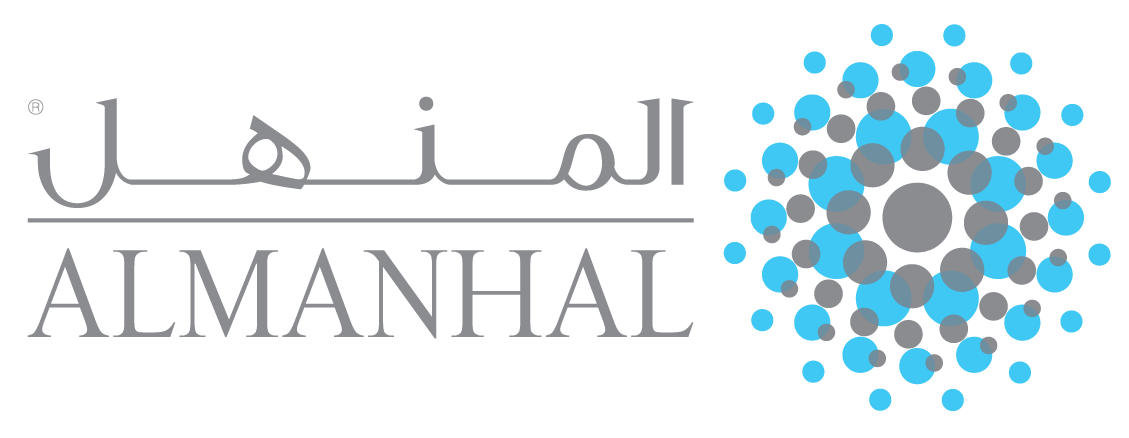Challenges for the Issuers to Issue Global Hybrid Sukuk that Complies with AAOIFI Shari’ah Standard No. 59
DOI:
https://doi.org/10.31436/jif.v12i1.747Keywords:
Islamic capital market, Sukuk structuring, Hybrid sukuk, AAOIFI Shari’ah standards, Sale of debtAbstract
Hybrid sukuk is a structure preferred by issuers in the global sukuk market. It requires a lower tangibility ratio requirement, i.e., at a minimum of 30% of the total sukuk issuance amount, while receivables from a commodity Murabahah transactioncan cover the rest. However, this changes with the implementation of Shari’ah Standard no. 59 on the Sale of Debt by theAccounting and Auditing Organisation for Islamic Financial Institutions (“AAOIFI”)(“S59”). It mandates a highertangibility ratio requirement of more than 50%, which has to be maintained throughout the sukuk period. When it breachesthe 33% tangibility ratio, it must be delisted and traded according to the Bay’ al-Dayn rules. The initial market reactionswere negative, and the number of sukuk issuances decreased, especially in the UAE. Many pointed out that theimplementation of S59 led to this situation. There are numerous challenges for the issuers to comply with S59, such as thelack of tangible assets to comply with the higher tangibility ratio, additional complexity in structuring a sukuk, maintaining the tangibility ratio, and incorporating the delisting event clause into the documentation.













